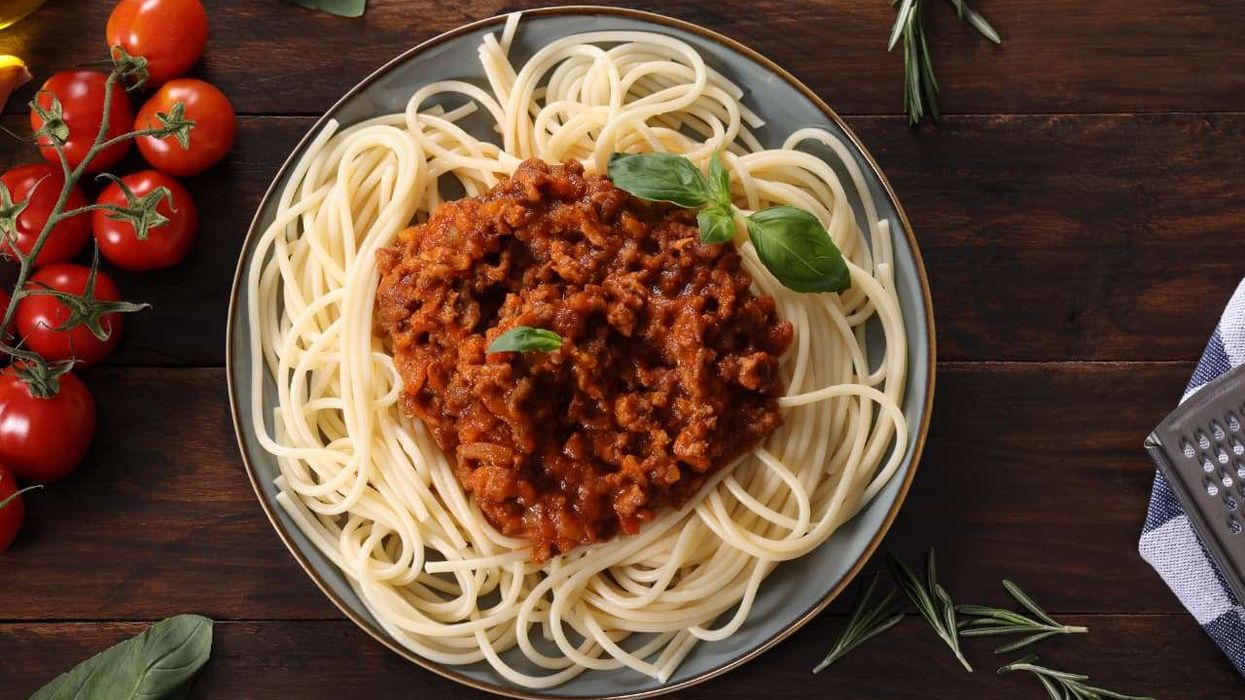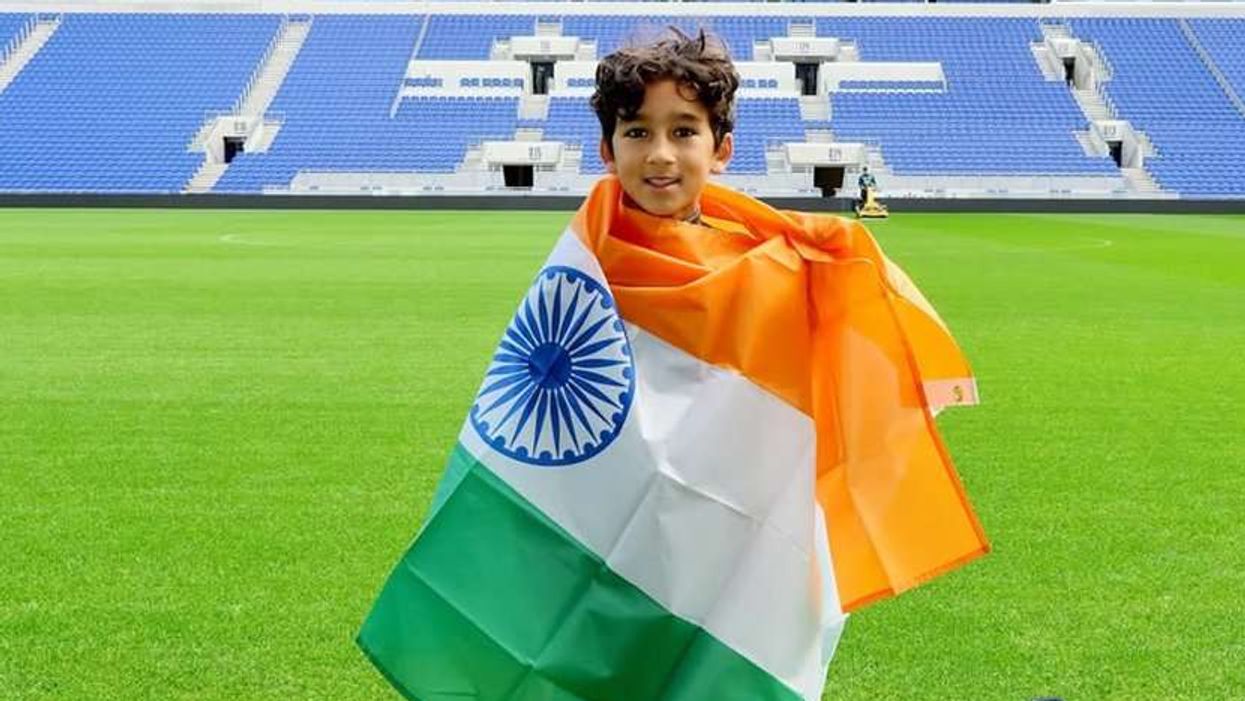WHAT THE BOLLYWOOD MUSIC KING HAD TO SAY ABOUT HIS JOURNEY SO FAR
THE past decade has seen Arijit Singh rapidly rise through the ranks and become the undisputed king of Bollywood music.
His many hit songs and awards have been accompanied by soldout performances at live arenas around the world. It is a remarkable rise for a child prodigy, who once competed in a music reality show and worked as a music programmer.
On April 25, he will turn a year older and celebrate his 33rd birthday.
Eastern Eye decided to mark the media shy singing star turning a year older by looking through his global interviews and presenting him in his own words.
“I come from Murshidabad in West Bengal. My grandma’s into music. My mom is a singer. Even my sister is a much better singer than I am. So you could say music runs in the family.”
“I became interested in music because of my mother. During my childhood, I learned to play tabla. I had three gurus; one taught me Rabindra Sangeet, the other taught me to play instruments and the third one worked on vocals. No one forced singing or music on me. It just happened.”
“When I was four, I sang a bhajan on stage. It was my first performance and that was when I realised I could sing. I was nervous but I sang well and was appreciated.”
“I was listening to old classics because my grandfather used to have those big gramophone records. So he used to listen to Hemant Kumar, Aarti Mukherji, Sandhya Mukherjee and all the other classic Bengali artists at that time. I also had a radio and would listen to it the moment everyone was asleep. I used to listen to the western stations and artists like Michael Jackson. So, I think I had inspirations from the east and west.”
“I would perform at a lot of local clubs, but my parents never forced me to learn music. My childhood was very normal as I come from a small place called Jiaganj in West Bengal.”
“I came into music because I loved it, not because I wanted to be famous. My singing career happened by fluke.”
“It’s not like that I was influenced by anyone to enter the industry. I always dreamt of becoming a singer. Singing was my passion ever since I was a kid. In fact, I hail from a musical family background. Everyone supported me to enter Bollywood. I was inspired by many.”
“Concerts are the only way to connect with my fans face to face at a personal level. My inhibitions cease to exist when I’m performing.”
“Being inside a studio and performing live are two completely different experiences, and I enjoy both. Performing live is like inviting people over for a house party, where I can sing my heart out while people around join it. When I am on stage, I make sure I interact with the audience. Studio recordings, on the other hand, are technical.”
“My goal is to be dynamic. Rendering new songs, or picking up the same genre, but trying to sing it differently, helps me push myself to new tangents. I enjoy genres that bring me out of my comfort zone.”
“I don’t take any pressure from anyone. I simply put in my best to any project. Don’t get perturbed by pressure from anyone.”
“The goal is to sound all the more cleaner, all the more soulful because hurdles are bigger, responsibilities are bigger. People have been liking my songs throughout and I’ve been only trying to pick the right songs.”
“You see I come from a village, and to me this is something that I am not used to. I am a very simple man and I am not very comfortable with the limelight. I cannot really give interviews because showing my face everywhere is not me. I am happy with the kind of work I do.”
“Judging your own songs is very dangerous. If you think this is going to click or this is not going to click, you become too sure every time. And there will be a moment you will be wrong. That’s dangerous.”
“My mantra has been very simple. I really love and respect my teachers. They had given me a lot of tips. Those were not to be successful, but to be victorious. They helped me understand how to struggle and work hard all the time. I have learnt how to have faith in my work and how to better my skills from him.”
“The listeners have been really kind and pure-hearted. They have really opened up a lot over the years to whatever experiments I have done. I would say that it is not perfect every time, but they’ve accepted it and understood that I don’t want to do the same thing over and over again. So they connect to my style. That is a blessing.”












